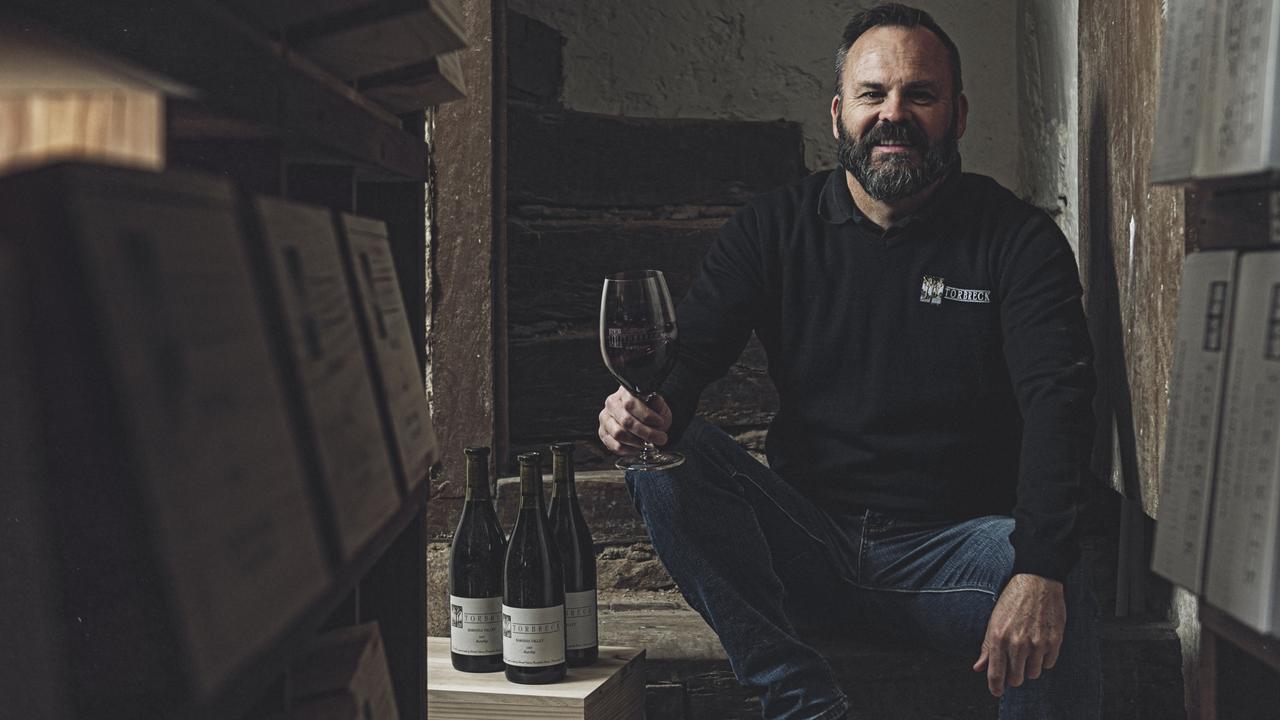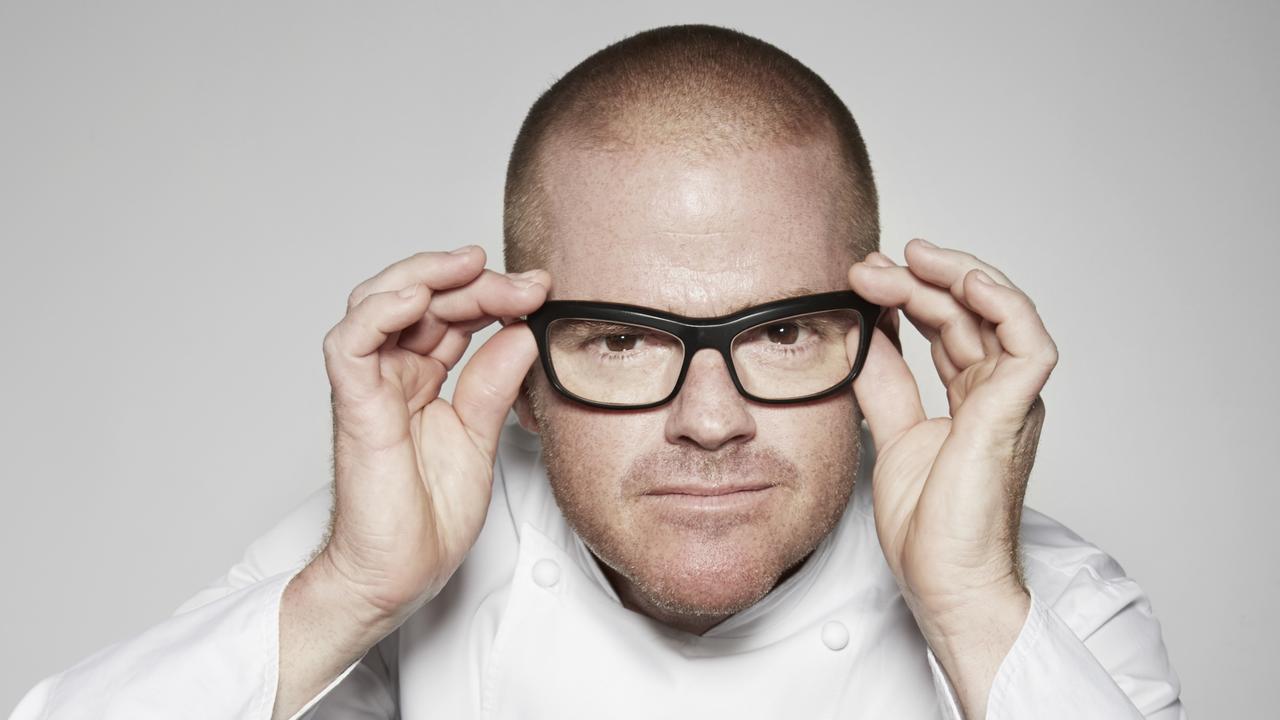Tuscan tradition rules, by Jupiter!
TO blend or not to blend, that is the question polarising Italian growers of sangiovese.
THE pretty and ancient town of Montalcino sits high above the Asso, Ombrone and Arbia valleys, a half-hour drive southeast of Siena in central Tuscany.At its highest point is an imposing fortress that has commanded views over the nearby olive groves and vineyards for centuries.
But these are not just any of Italy’s untold number of bland vineyards, turning out rivers of anonymous plonk. From these particular vineyards are crafted one of Italy’s greatest wines, Brunello di Montalcino, from the adored sangiovese grape. Yes, the same sangiovese that made up much of that often anaemic chianti found in squat bottles adorned with kitsch, wicker-cane bases. But, like many grapes, there are certain regions where the vine flourishes to create grand wines. Sangiovese grown around Montalcino or in the Chianti Classico zone can create profound, sensual and long-lasting wines.
Originally named after the sanguis Jovis, or the blood of Jupiter, sangiovese (like all Italian varietals) does best when grown close to its birthplace. There are some valiant efforts being made by Australian winemakers from the likes of Castagna, Coriole and Greenstone but none come close to the depth of fruit, nor structure, seen in great Brunello di Montalcino.
Yet in Tuscany, like in much of Italy, there is movement for change away from the old ways and traditional grapes to the new. Lamberto Frescobaldi, 30th generation winemaker for the reputed Marchesi de’ Frescobaldi, is among those who believe the inclusion of international varietals is not only part of the natural course of innovation for Italian wine but also an important driver of quality. “What the Italian wine industry is focused on at the moment is producing the best quality vintages that it can,” he says. “We have a proud history of wine production but there is room for improvement.”
For many other winemakers, though, the uprooting and replacement of grapes such as sangiovese with those international invaders cabernet sauvignon and merlot is sullying thousands of years of Italian winemaking history. It all come down to whether the individual winemaker chooses to water down the Italian character of the wines to give them a little French flair or simply enough to complement the personality that is already there. In some cases the balance is just right; in others the cabernet sauvignon and merlot imparts density and lush sweet fruit to the resulting wines while taking away their unique trademark Italian savoury fruit characters.
Predictably, not all of these non-traditional wines meet with approval from the local vinous Carabinieri. Chianti Classico has taken the “if you can’t beat them join them” approach by allowing the inclusion of up to
20 per cent of grapes such as merlot or cabernet sauvignon. Even at this relatively low level, cabernet sauvignon can markedly change the character of a wine through the sweet ripe fruit notes and the firm tannin backbone it imparts.
For the growers of Montalcino, however, represented by the Consorzio del Vino Brunello di Montalcino, tinkering with one of the great Italian wines is a mortal sin with all grapes bar sangiovese grosso banned. In 2006, a number of producers were found guilty of adulteration (with merlot in particular) and the offending wines were stripped of their privileged appellation and bottled as a lesser wine or sent away for distillation. Brunello di Montalcino will remain as it was first intended, at least for now.
San Felice Chianti Classico 2006, $49
This is a traditionally styled Chianti Classico, being made from 100 per cent sangiovese, and shows it with sinewy, dark cherry herbal fruit. Only mid-weight and rounded off with fresh acidity, it is certainly a style that will flower over a plate of Tuscan rabbit stew.
Fattoria Casabianca ‘Sussingo’ Toscana IGT 2007, $25
This is a real SuperTuscan with half shares of cabernet sauvignon and sangiovese. Very ripe blackberry and blackcurrant are dominant with the sangiovese only visible on a dry, fresh palate rounded off with fine tannins. Loads of character; a great wine for the price.
Camigliano Rosso di Montalcino 2006, $45
Rosso di Montalcino is from the same grape and region as Brunello di Montalcino but requires less ageing before being bottled. This is a fantastic example with beautifully pure red cherry fruit with hints of strawberry and toasty oak. Youthful and firm now, it will slowly flesh out and drink very well for a decade or more.
Santa Cristina in Pilli Carmignano 2006, $40
Real sour cherry, vanillan oak and almost nutty aromas greet the senses here, followed by quite a generous, dry and slightly firm palate. A little bit of cabernet sauvignon pokes its head out in the deceptively long finish with
some sweet blackberry flavours that are well integrated.
Il Poggiolo Brunello di Montalcino 2001, $120
Brunello di Montalcino spends 4½ years in barrel and bottle before hitting the shelf, allowing the wine to integrate into a masterpiece. This is a robust Brunello - layers of dark spicy cherry, thyme, plum and vanilla with a satisfying and beautifully balanced palate punctuated by firm tannins and fine length. Only nine years young with another decade or two in the tank.
Angus Hughson is the author of World Wine: The imported wine handbook.
All prices are approximate.


